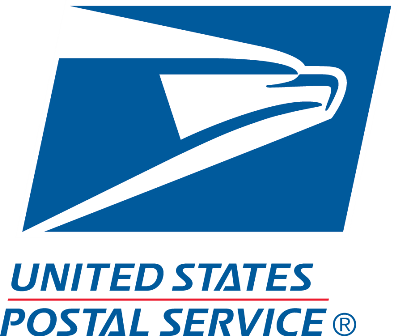
How I Created A $60K/Month App That Collects In-Person Payments Through Stripe
Hello! Who are you and what business did you start?
I’m Ryan Scherf, the founder of payment.co (@payment), an app built on top of the Stripe payment gateway for creating card-present charges. Payment is available on iOS and Android, and allows customers who have created online stores to easily collect payments in person, in the same account, with no barriers or card readers required.
The app launched in January 2015, and since has grown to process over $70M in volume annually. The app collects a 1% service fee on every single charge.

What's your backstory and how did you come up with the idea?
I went to school for Computer Science and was gated into being a developer. I mostly hated everything about development environments at the...

Download the report and join our email newsletter packed with business ideas and money-making opportunities, backed by real-life case studies.

Download the report and join our email newsletter packed with business ideas and money-making opportunities, backed by real-life case studies.

Download the report and join our email newsletter packed with business ideas and money-making opportunities, backed by real-life case studies.

Download the report and join our email newsletter packed with business ideas and money-making opportunities, backed by real-life case studies.

Download the report and join our email newsletter packed with business ideas and money-making opportunities, backed by real-life case studies.

Download the report and join our email newsletter packed with business ideas and money-making opportunities, backed by real-life case studies.

Download the report and join our email newsletter packed with business ideas and money-making opportunities, backed by real-life case studies.

Download the report and join our email newsletter packed with business ideas and money-making opportunities, backed by real-life case studies.







































